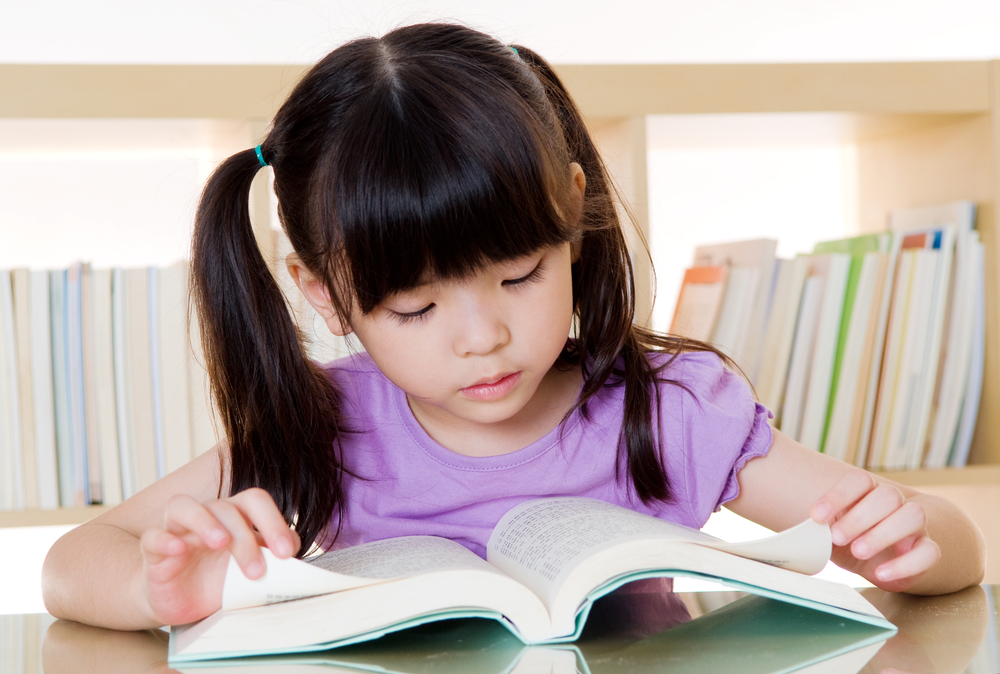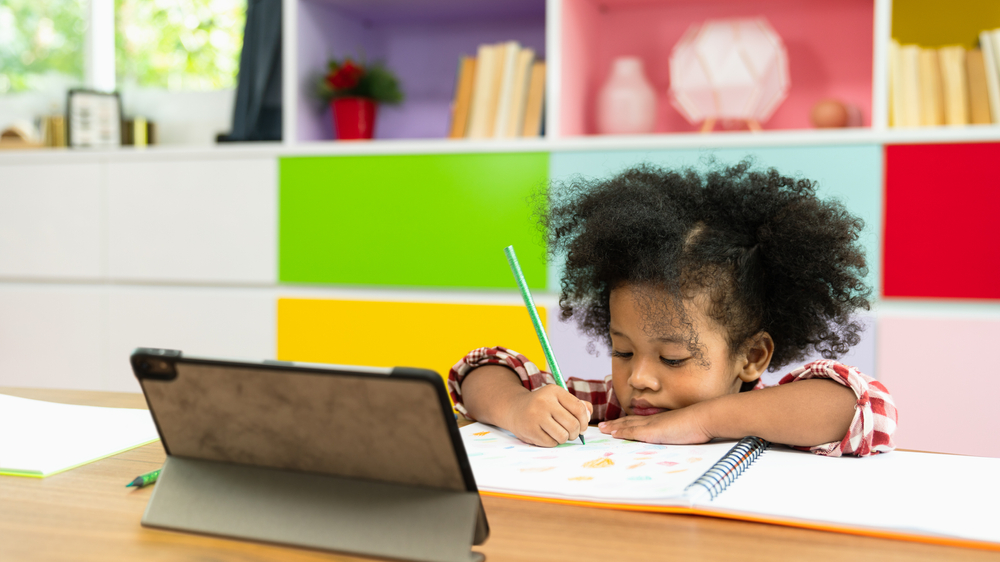Critical Thinking Normal Reading Fiction Worksheets for 7-Year-Olds
17 filtered results
-
From - To
Enhance your 7-year-old’s reading and comprehension skills with our Critical Thinking Normal Reading Fiction Worksheets! Designed to ignite curiosity and analysis, these worksheets encourage young learners to engage deeply with stories. Through enjoyable activities, children develop essential critical thinking skills, such as making predictions, drawing conclusions, and identifying themes. Each worksheet features age-appropriate fictional texts, paired with thought-provoking questions that spark discussion and exploration, making reading an interactive experience. Foster a love for reading while developing reasoning abilities that will benefit your child across all subjects. Visit our site today for a treasure trove of engaging and educational resources!
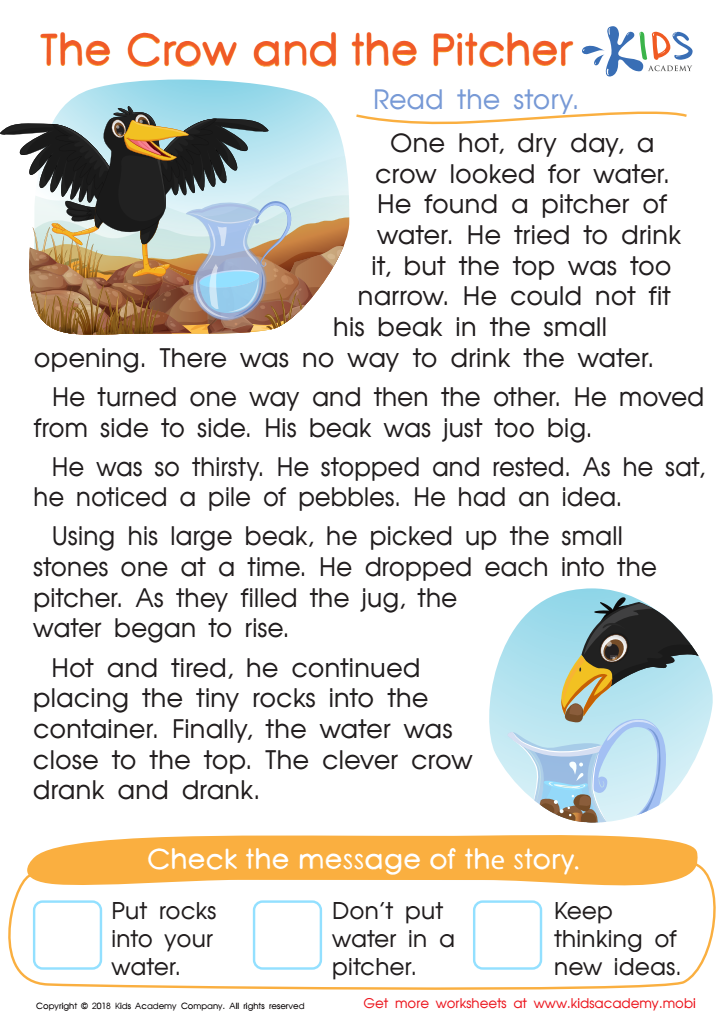

The Crow and the Pitcher Worksheet


Point of View Worksheet
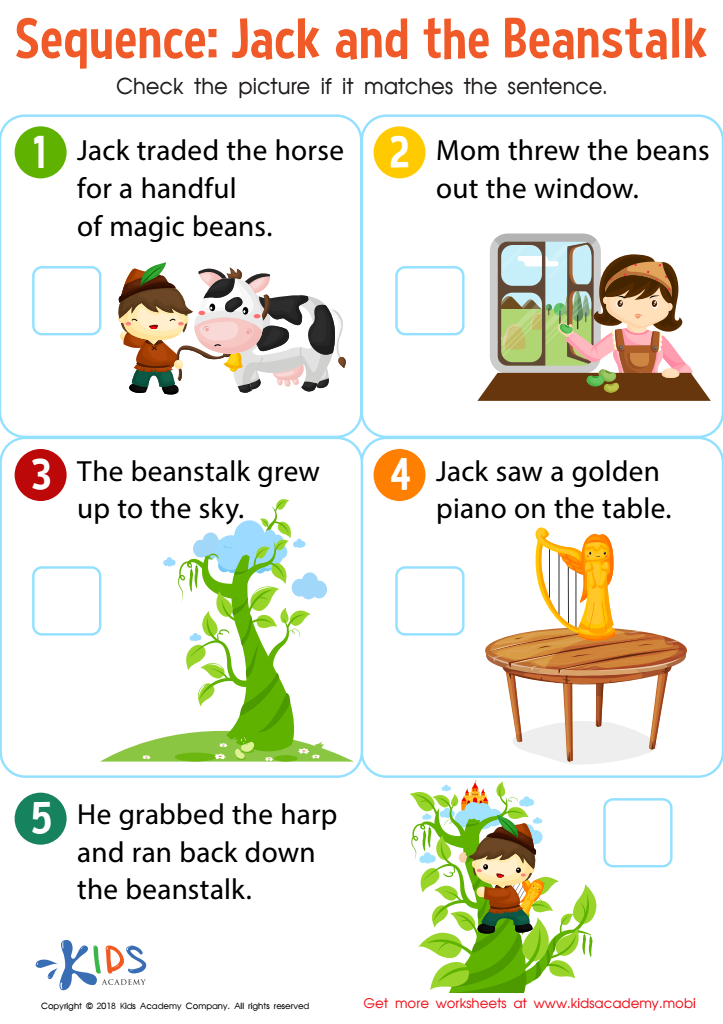

Sequence: Jack and The Beanstalk Worksheet


The Summary of the Princess and the Pea Worksheet
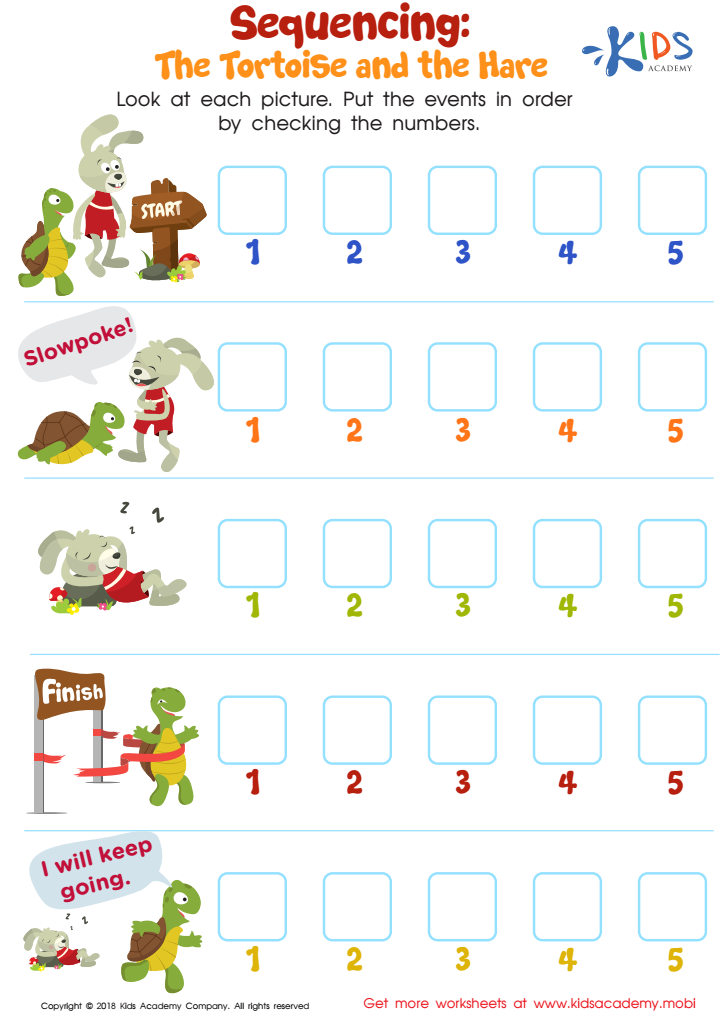

Sequencing: The Tortoise and the Hare Worksheet
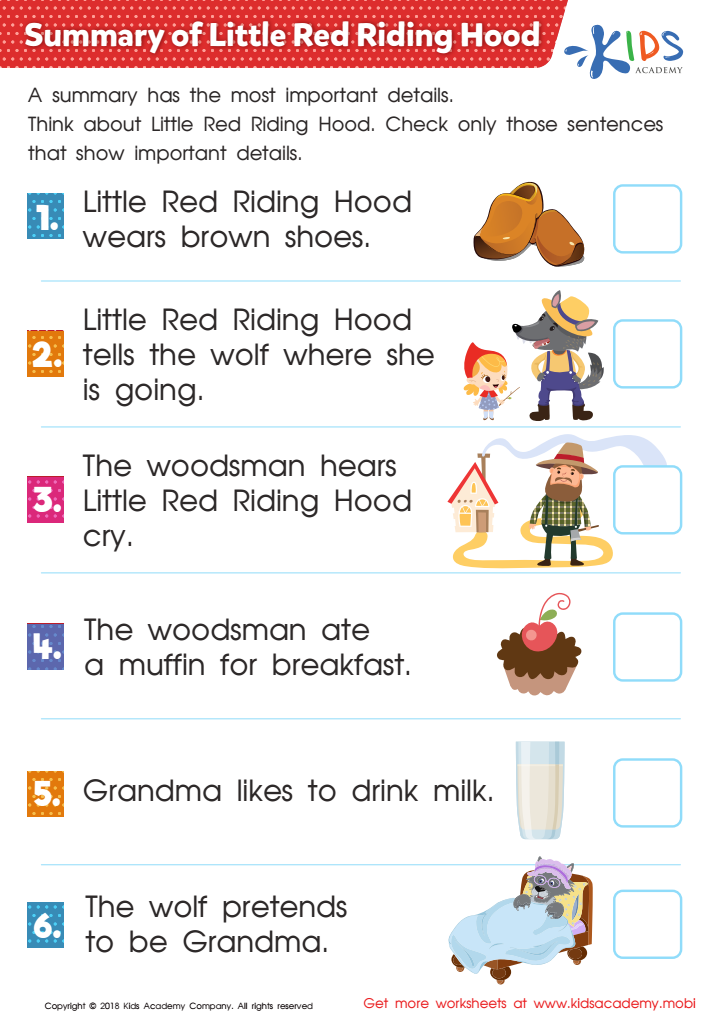

Summary of Little Red Riding Hood Worksheet
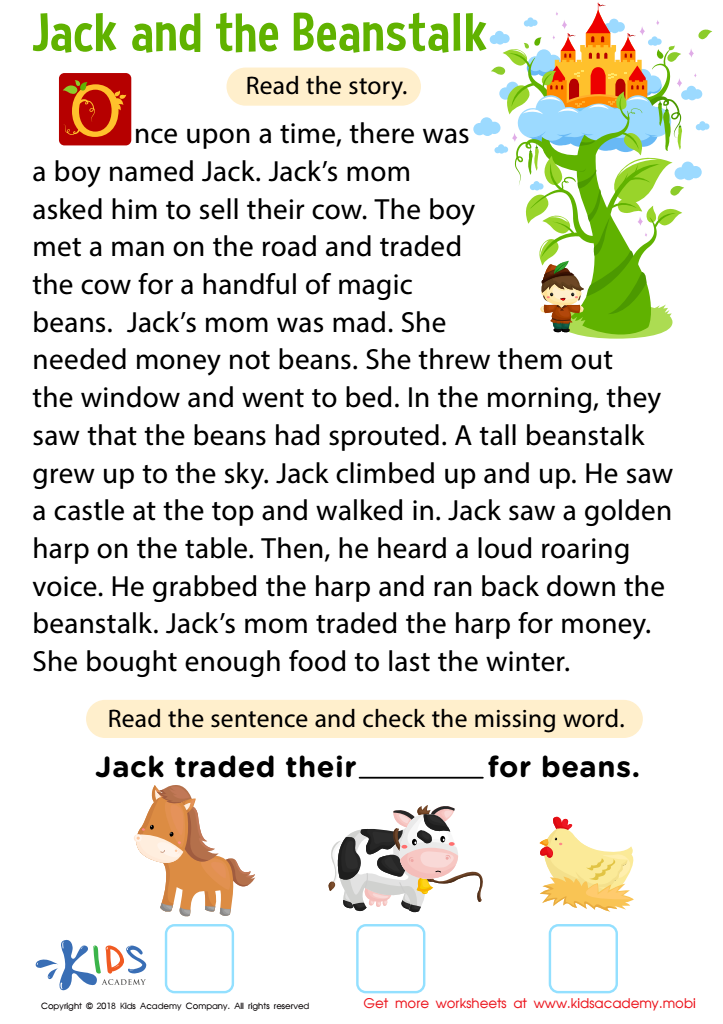

Jack and Beanstalk Worksheet
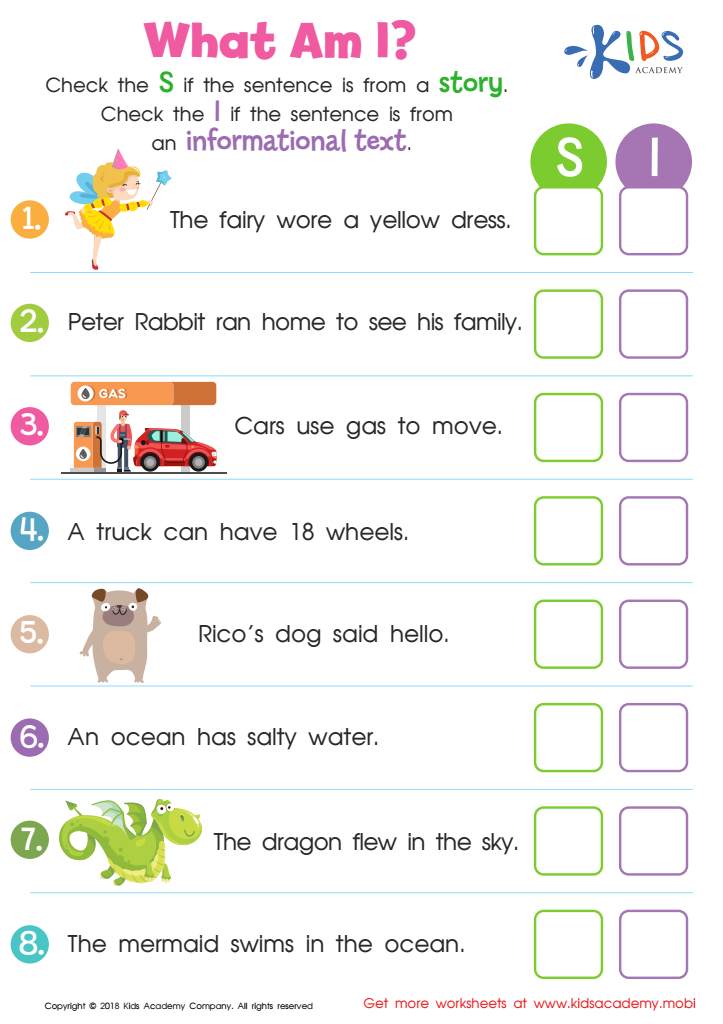

What Am I? Worksheet
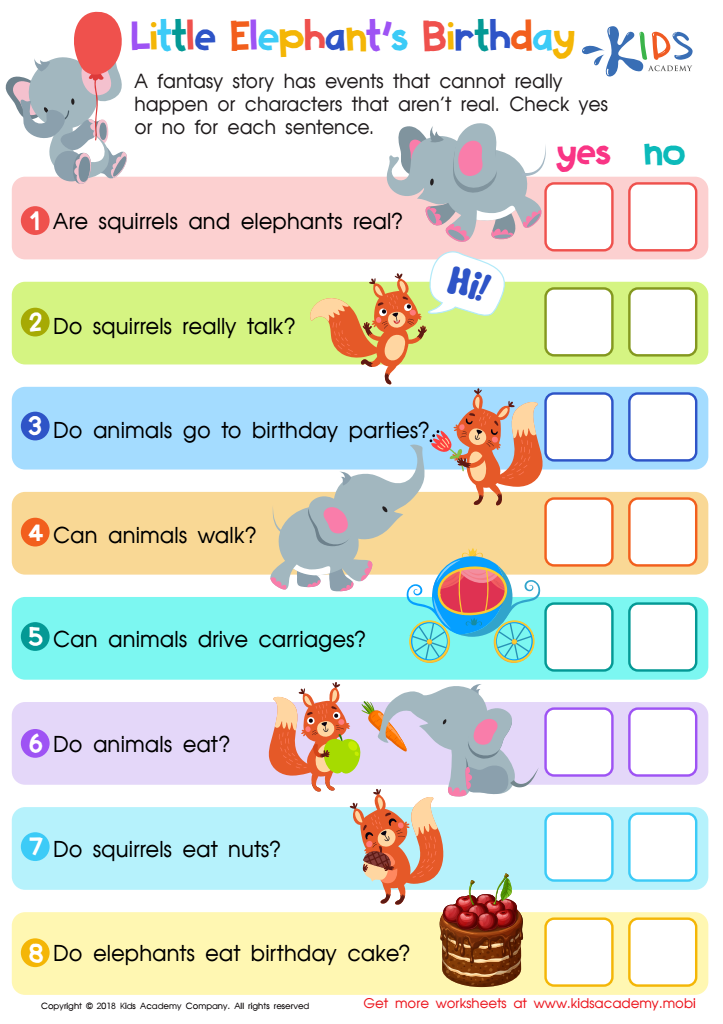

Little Elephant's Birthday Worksheet


The Boy Who Cried Fox Worksheet


Cinderella: Beginning, Middle and End Worksheet
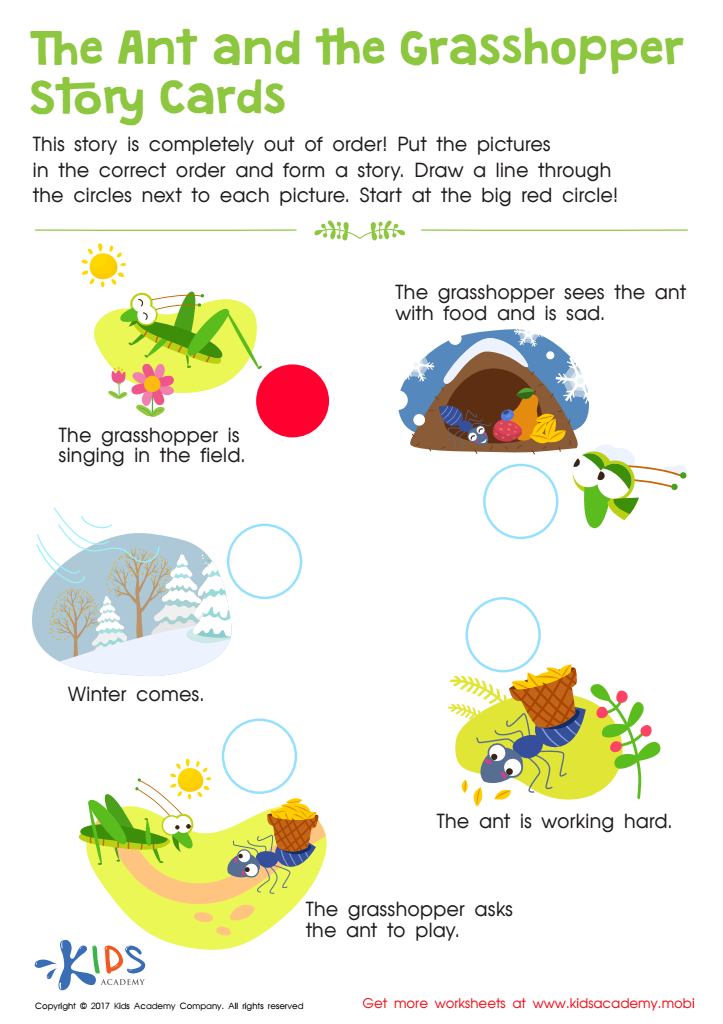

The Ant and The Grasshopper Worksheet
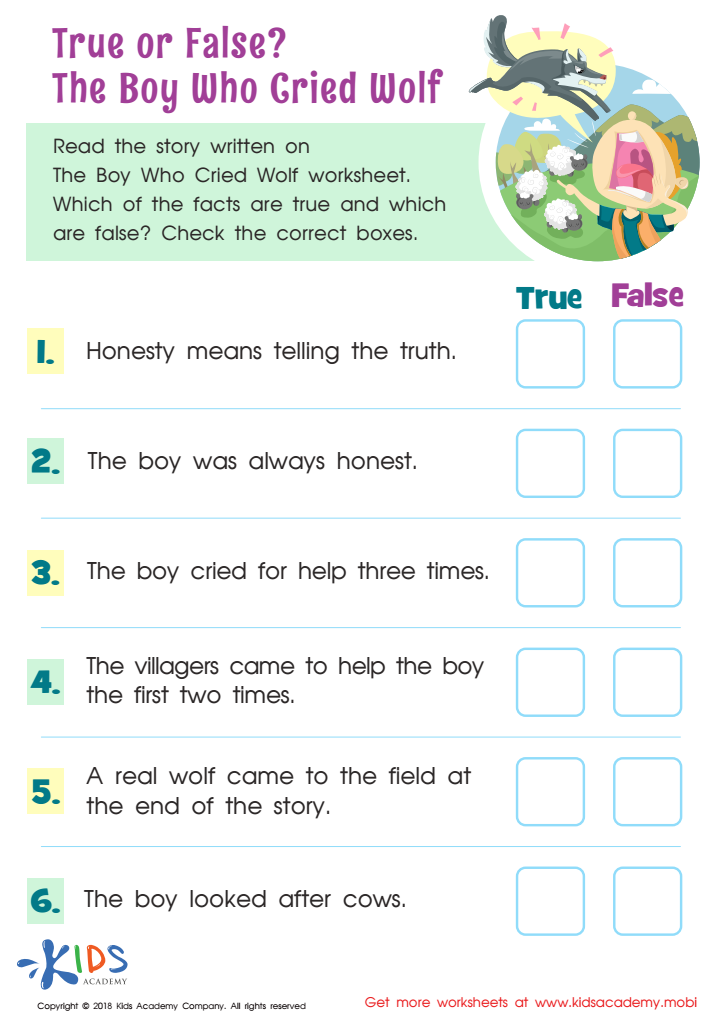

True or False? The Boy Who Cried Wolf Worksheet
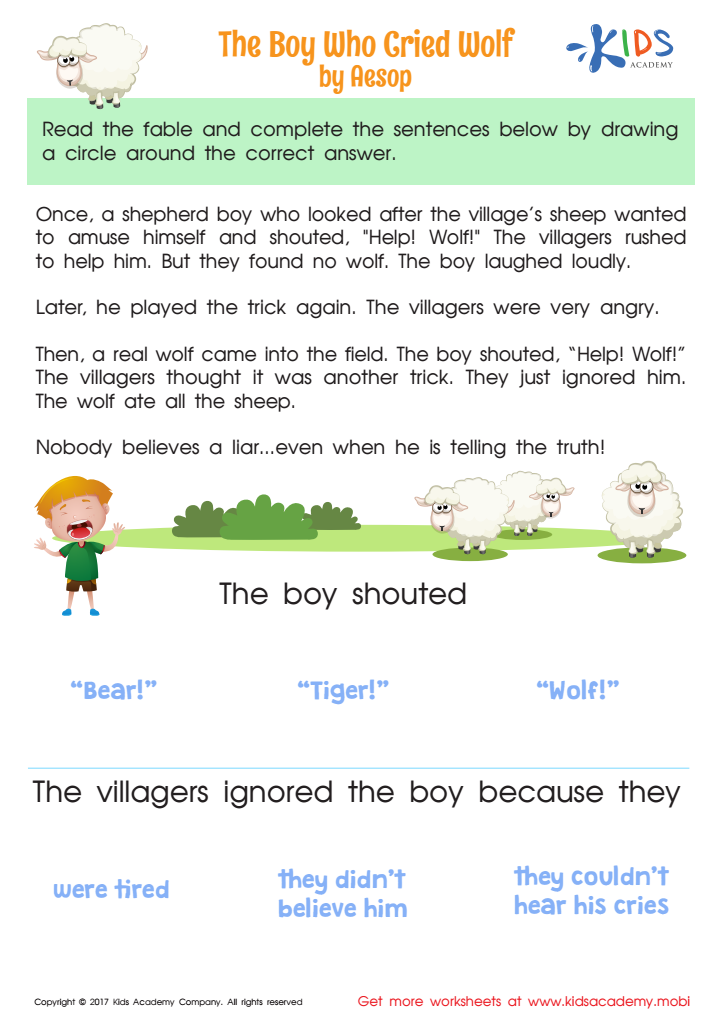

The Boy Who Cried Wolf Worksheet


Realistic Fiction: The First Day Worksheet
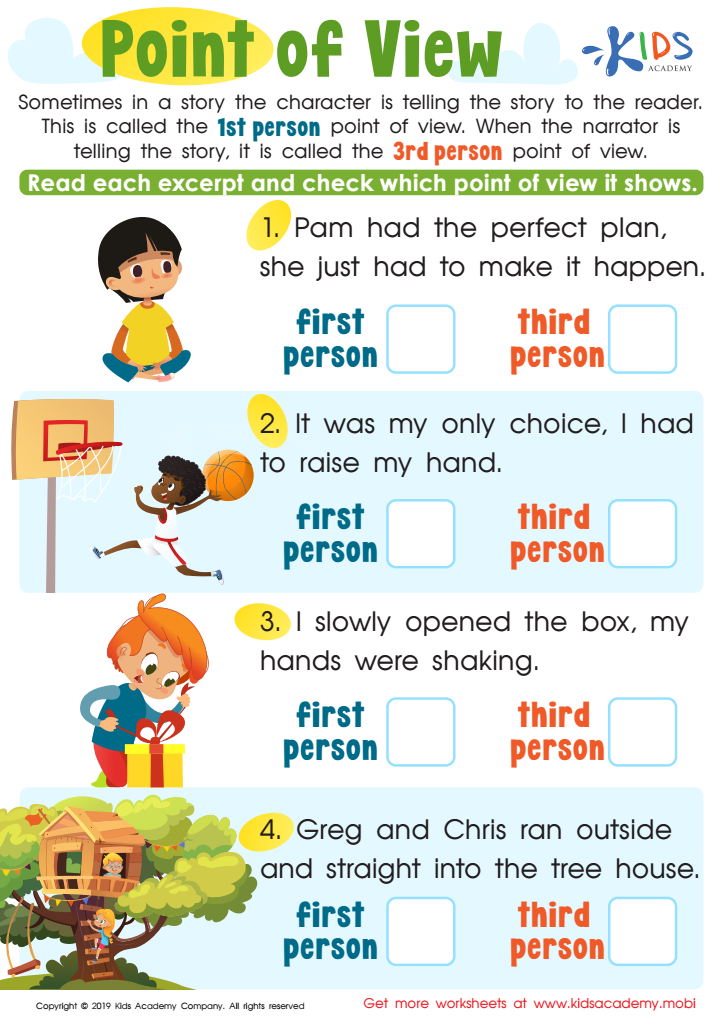

Point of View Printable
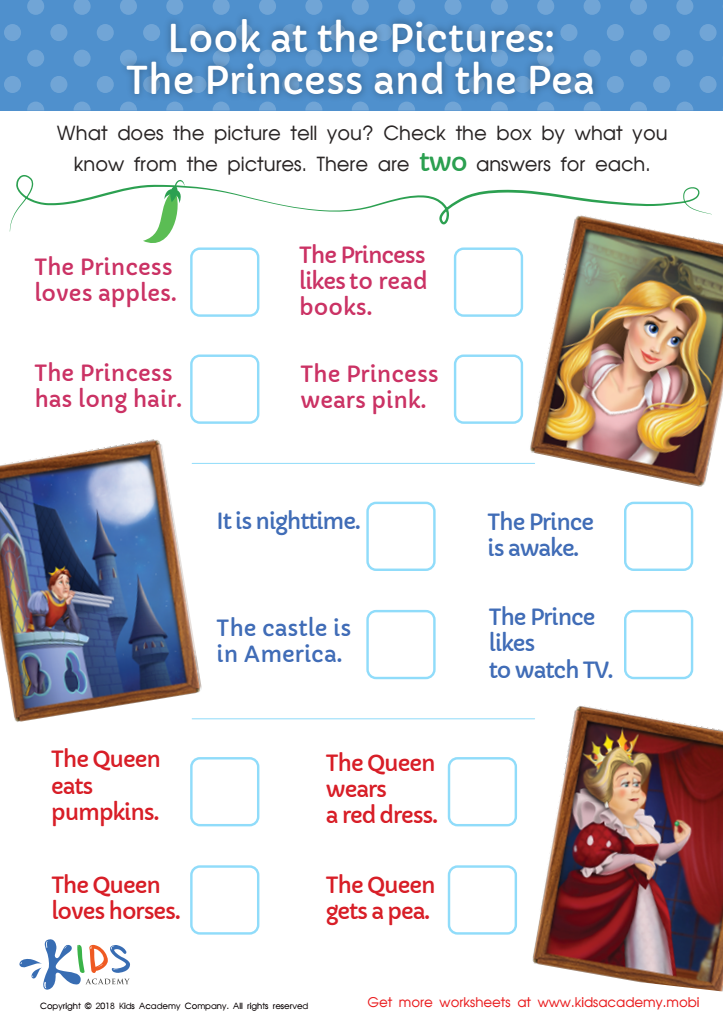

Look at the Pictures: The Princess and the Pea Worksheet
Critical thinking is essential for a child's cognitive development and overall learning experience. For 7-year-olds, reading fiction offers a unique platform to enhance critical thinking skills. When children engage with stories, they are prompted to analyze characters' motives, foresee potential outcomes, and make connections to their own experiences. This boosts comprehension and encourages them to ask questions about the narrative, fostering curiosity and deeper understanding.
Parents and teachers should care about this development because critical thinking skills are foundational for academic success and effective problem-solving in daily life. By interpreting narratives, children learn to evaluate evidence, distinguish between facts and opinions, and build empathy through understanding diverse perspectives presented in stories. These skills are vital not only in school subjects but also in nurturing socially aware and intelligent individuals.
Encouraging critical thinking through fiction reading helps children become active learners who approach challenges with confidence. By weaving critical analysis into their reading routines, adults can create a stimulating environment that promotes inquisitive minds. In today's fast-paced world, teaching children to think critically isn't just advantageous for school—it's a lifelong skill that prepares them for informed citizenship and personal decision-making in an ever-changing society.
 Assign to My Students
Assign to My Students



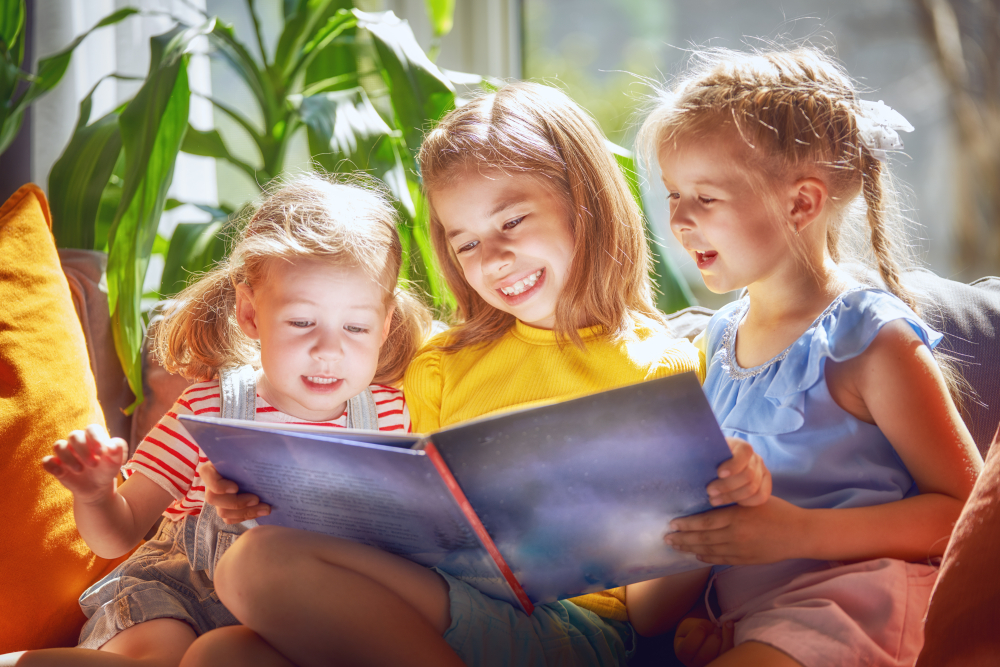
.jpg)
